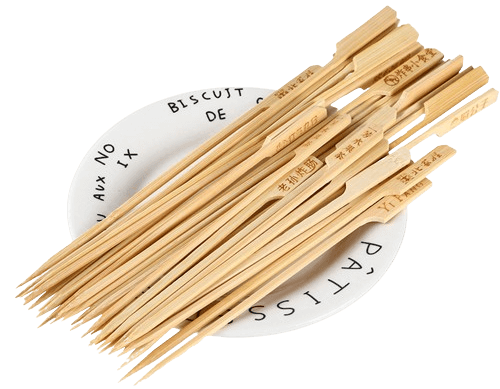Key Takeaways
| Key Information | Details |
|---|---|
| Purpose of Article | To guide beginners on using chopsticks for eating rice, emphasizing technique and cultural etiquette. |
| Target Audience | New chopstick users, individuals interested in Chinese dining culture. |
| Cultural Significance | Chopsticks are not just tools but carry deep cultural meaning and history within Chinese society. |
| Practical Tips Provided | Detailed steps on how to correctly hold and maneuver chopsticks to eat rice effectively. |
| Chopstick Etiquette | Explains common cultural practices and taboos to help avoid social faux pas while dining. |
| Sustainability Focus | Discussion on the eco-friendly aspect of using bamboo chopsticks from Ecostix Global. |
| Internal Links for More Information | Links to further resources on chopstick care and the sustainability practices at Ecostix Global. |
Introduction
Chopsticks have transcended their initial utilitarian purpose to become a symbol of Chinese culture and dining etiquette. Their use is not merely about functionality but also involves a rich tapestry of history and tradition. At Ecostix Global, we understand that mastering chopsticks can enhance not only how you eat but how you connect with a culture deeply rooted in sustainability and craftsmanship.
The Cultural Significance of Chopsticks
Chopsticks, or ‘kuai’ in Mandarin, are believed to have been developed over 5,000 years ago. The invention of chopsticks reflects the ingenuity of ancient Chinese societies in crafting tools that aligned with their ethical and practical needs—promoting harmony and dexterity at the dining table. The use of chopsticks was greatly influenced by Confucianism, which eschewed knives at the table as symbols of violence.
Choosing the Right Chopsticks
Selecting the right pair of chopsticks is crucial for beginners. Chopsticks come in various materials, including bamboo, wood, and plastic. Bamboo chopsticks, like those from Ecostix Global, are particularly prized for their lightweight, strength, and environmental benefits. They offer a balance of grip and maneuverability, ideal for those new to this dining style.
Basic Techniques of Using Chopsticks
Learning to hold chopsticks correctly is fundamental. Here’s a simple guide:
- Position the first chopstick: Rest it between the base of your thumb and the top of your ring finger.
- Place the second chopstick: Hold it like a pencil, between your thumb, index, and middle fingers.
- Maneuvering: Use your index and middle fingers to move the top chopstick, which manipulates the chopsticks to grasp food.
This method requires patience and practice. It’s about precision rather than force, aligning with the gentle approach that chopsticks symbolize in Chinese philosophy.
Mastering Rice with Chopsticks
Eating rice with chopsticks can initially seem daunting due to the small and slippery nature of the grains. However, with the right technique, it becomes a simple task:
- Scooping and Nudging: Instead of picking up individual grains, use your chopsticks to scoop small portions of rice, nudging them against the bowl for better control.
- Lifting the Bowl: Traditionally, it’s common to lift the rice bowl closer to your mouth to reduce the distance rice needs to travel. This technique minimizes spillage and simplifies the eating process.
- Practice Makes Perfect: Regular practice is the most effective way to become proficient. Start with larger, stickier clumps of rice and gradually work your way to finer grains.
Common Chopstick Etiquette Mistakes
Understanding and adhering to chopstick etiquette is crucial when dining in Chinese settings to show respect and cultural awareness:
- Never Point: Pointing with chopsticks at others or objects is considered rude.
- Avoid Sticking Chopsticks Upright in Rice: This resembles incense burning at funerals and is a sign of bad luck.
- Don’t Tap Your Chopsticks: Tapping chopsticks on the edge of your bowl is akin to begging for food and is seen as impolite.
- Rest Properly: When not in use, place your chopsticks on a chopstick rest or horizontally on your plate to avoid any disrespect.
Advanced Chopstick Maneuvers
As your skills improve, you can attempt more advanced techniques:
- Handling Slippery Foods: Use the tips of your chopsticks to gently pinch items like dumplings or vegetables coated in sauce.
- Separating Food: Use your chopsticks to gently separate larger pieces of food into more manageable bites without shredding them.
Conclusion
Mastering the use of chopsticks is not just about feeding oneself but about embracing a rich cultural tradition that dates back thousands of years. At Ecostix Global, we are committed to preserving these traditions through our sustainable bamboo products, helping you integrate a piece of cultural heritage into your everyday life.
We hope this guide helps you on your journey to becoming proficient with chopsticks. Remember, each meal is an opportunity to practice and perfect this elegant dining art. For more insights and tips on using our eco-friendly bamboo chopsticks, visit our product care page.



